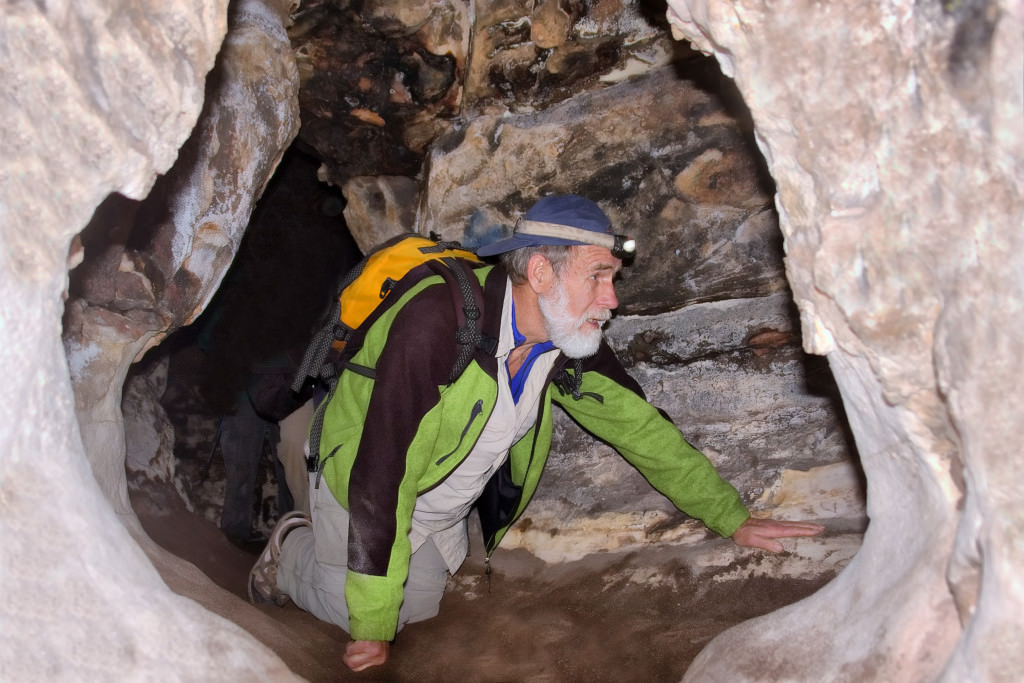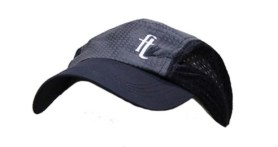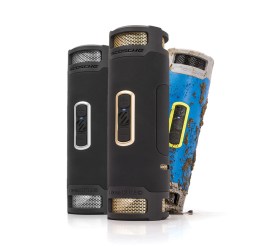

What comes to mind when you hear the words “spelunking” and “caving?”
Likely you think of young, athletic types with pale white skin decked out in gear from head to toe. They are wearing helmets with headlamps, carry ropes over their shoulders, and sport utility belts to make Batman jealous. Your mental image may also put a squinty expression on their faces from the hours they spend trying to see in the dark.
Videos by Outdoors with Bear Grylls
If you’re going to explore new caves and pioneer new underground routes, all of that stuff makes sense, but when it comes to car camping families looking for activities the whole crew can enjoy, exploring caves is more about being a cave tourist. You’re visiting caves that offer public tours and are set up for the whole family to enjoy.
As a cave tourist, you’ll discover a variety of tours to meet different levels of adventurism. In Missouri’s Fantastic Caverns near Springfield, the tour is an hour long during which you ride in a wagon towed by a jeep. But the Wild Cave Tour at Mammoth Cave National Park in Kentucky is a 5-mile trek including some spots so tight the maximum hip and chest measurement of 42 inches is strictly enforced. The Jewell Caves Wild Caving Tour in South Dakota is only 2/3 of a mile long, but is so strenuous and tight in places, it takes three to four hours to complete.
Many of the larger cave tour operations, both public and private, offer different tours catering to various degrees of adventure and experience.
Obviously, the gear you’ll need for riding through a fully-lit cave with paved trails is going to be different from what you’ll need from going into a black hole and pushing your way through tight openings.
For a riding or stand up walking tour in a lit cave, the same daypack you use for above-ground hiking will work just fine. Be sure to fill the hydration reservoir or your water bottles before you depart, as few caves offer drinking water once inside. And make sure everyone visits the restroom before setting out on the tour.
For cave tours on which you’ll provide your own lighting, an ultra-reliable flashlight like the Coast Polysteel 600 is a good starting point if you’ll only be making these tours occasionally. However, a headlamp like the Coast FL75R is a wise investment for many camping uses, and provides a great hands free light source for cave tourism. The best is to have both – and extra batteries, too.
Finding Caves To Tour
According to Wikipedia, (https://en.wikipedia.org/wiki/List_of_caves_in_the_United_States) 36 of the 50 states have caves open to the public. States with the most include California, Kentucky, Missouri, Tennessee, Texas, Oregon, and New Mexico. While comprehensive national lists are hard to come by, cave tours are great family attractions, so they almost always appear on state tourism websites. If you have a camping destination in mind, go to the official tourism website to check out what caves are available in the area.
Kentucky’s official tourism website (https://en.wikipedia.org/wiki/List_of_caves_in_the_United_States) is a great example. A quick search for “caves” comes up with dozens of pages of locations and events surrounding the state’s many caves open to the public.
Caves at the National Parks
The National Park Service manages more than 4,700 caves many of which are open to various levels of tourism by the public. Among them are Carlsbad Caverns National Park in New Mexico, Jewel Cave National Monument in South Dakota, Lava Beds National Monument in California, Mammoth Cave National Park in Kentucky, Oregon Caves National Monument and Preserve, Russell Cave National Monument in Alabama , Timpanogos Cave National Monument in Utah, and Wind Cave National Park in South Dakota.
Caves are a regional phenomenon, so where you find one, you’ll likely find many more. This is a help to finding just the right level of cave tour to satisfy the needs of your group. For example, adjacent to Mammoth Cave National Park is Kentucky’s Diamond Caverns which were discovered in 1859. They offer fantastic guided walking tours year round with a few simple restrictions (like backpack child carriers not allowed because of low ceilings in some sections of the tour).
Cave Tourism Tips
Overall, caves are unique and especially delicate ecosystems. That’s what makes them so interesting and attractive. What you see when you’re touring a cave took hundreds of thousands, if not millions, of years to develop – usually one drop of water at a time. By introducing foreign substances to a cave or by simply touching a delicate formation with your finger can degrade or destroy it … forever!
So whenever you take a cave tour, make sure you know the rules for that cave before you set out. Some caves allow flash photography, some do not. Some caves allow you to bring food or beverages in with you and others do not. Some caves allow light sources in addition to what’s provided, others do not.
For more strenuous tours in which you’ll be scrambling up shafts, crawling through holes, and squeezing through openings, you may want to consider knee and elbow pads. Be sure to bring gloves, and you may be required to wear a helmet and headlamp – with spare batteries.
Just like hiking and exploring above ground, the right footwear for traction, support, and comfort are important. Find out ahead of time if you’ll likely be walking through any standing or running water on the tour. Even on the most tourist friendly walking tours, you’ll likely be climbing up and down a lot of stair steps.
The same holds true for clothing. Layering is important because you’ll probably have different levels of exertion during various parts of the tour. Even in a riding tour, it’s nice to have an extra layer or two of clothing to put on because it’s going to be cooler down there – likely in the upper 50s degree range.
Collecting Caves
Like geocaching or bird watching, cave tourism can become an obsession. You may find your family setting out to collect a life list of caves toured in the U.S., North America, or even around the world.
The only way to find out if it’s your “thing” is give it a try. So get down there and be a cave tourist!









